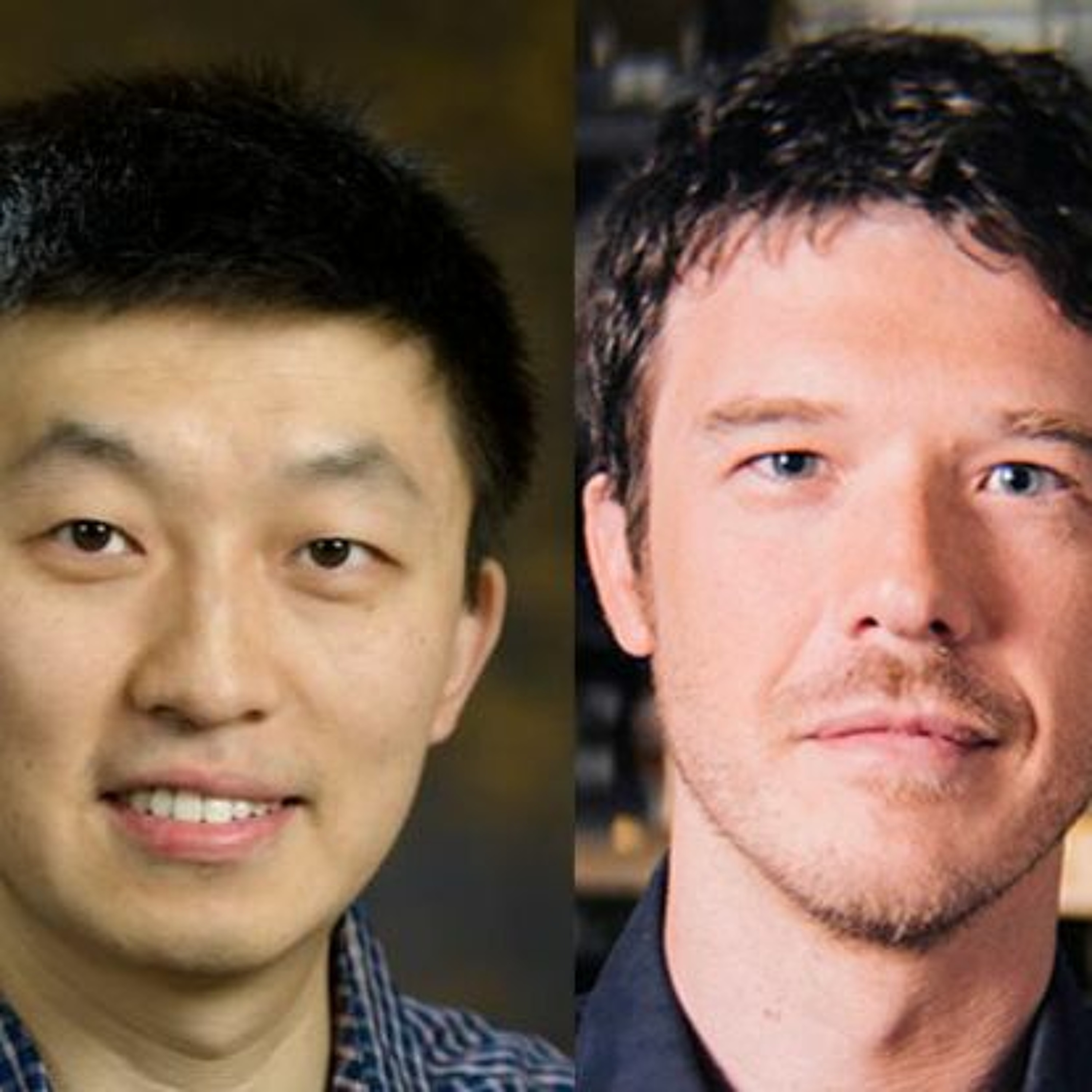New findings in cancer research: Structure of Med-PIC, the fine control of gene expression, and more

In this episode\u2014which is for a scientific audience until the 27-minute mark\u2014a current American Cancer Society grantee and a former grantee spoke with each other about their recently published new findings in cancer research.\n\nAlessandro Gardini, PhD, an Assistant Professor at The Wistar Institute, studies the epigenetic control of transcription during cell differentiation and oncogenesis. He recently published work in Cell titled \u201cThe PP2A-Integrator-CDK9 axis fine-tunes transcription and can be targeted therapeutically in cancer:\u201d https://pubmed.ncbi.nlm.nih.gov/34004147/. \n\nYuan He, PhD, is Assistant Professor (but just received word that he\u2019s being promoted to Associate Professor!!) at Northwestern University. The He lab The He lab uses cryo-electron microscopy (cryo-EM) and other biophysical and biochemical approaches to understand \u201cthe molecular mechanisms by which large, multi-subunit complexes engage in DNA-centric processes.\u201d Dr. He recently published findings in Science on, \u201cStructure of the human Mediator-bound transcription preinitiation complex:\u201d https://science.sciencemag.org/content/372/6537/52. \n\n4:12 \u2013 Dr. Gardini describes his new paper: \u201cwhat we found is that when you combine CDK9 inhibition with activation by small molecules of the PP2A phosphatase\u2026we get a much better block on transcription in these tumors\u2026\u201d \n\n9:10 \u2013 Interesting question from Dr. He on the mysterious integrator complex \n\n11:11 \u2013 \u201cWhat do you think about this tug of war of the phosphatase competing with CDKs\u2026?\u201d\n\n14:19 \u2013 Dr. He shared takeaways from his new paper: \u201cAnd this eventually allowed us to build a model of how this gigantic 57-sub-unit machinery recognized CTD from the polymerase\u2026\u201d\n\n19:11 \u2013 Dr. Gardini professes his love for CTD\n\n20:39 \u2013 \u201cWhat do you think is the threshold of phosphorylation in order for the mediator to start losing affinity\u2026?\u201d\n\n25:36 \u2013 \u201cCould we possibly think that both mediator and integrator are actually bound to non-phosphorylated CTD at the same time or could there actually be competition\u2026?\u201d\n\n27:46 \u2013 Why is this work important? Why should a cancer patient, survivor, or caregiver be excited about these publications?